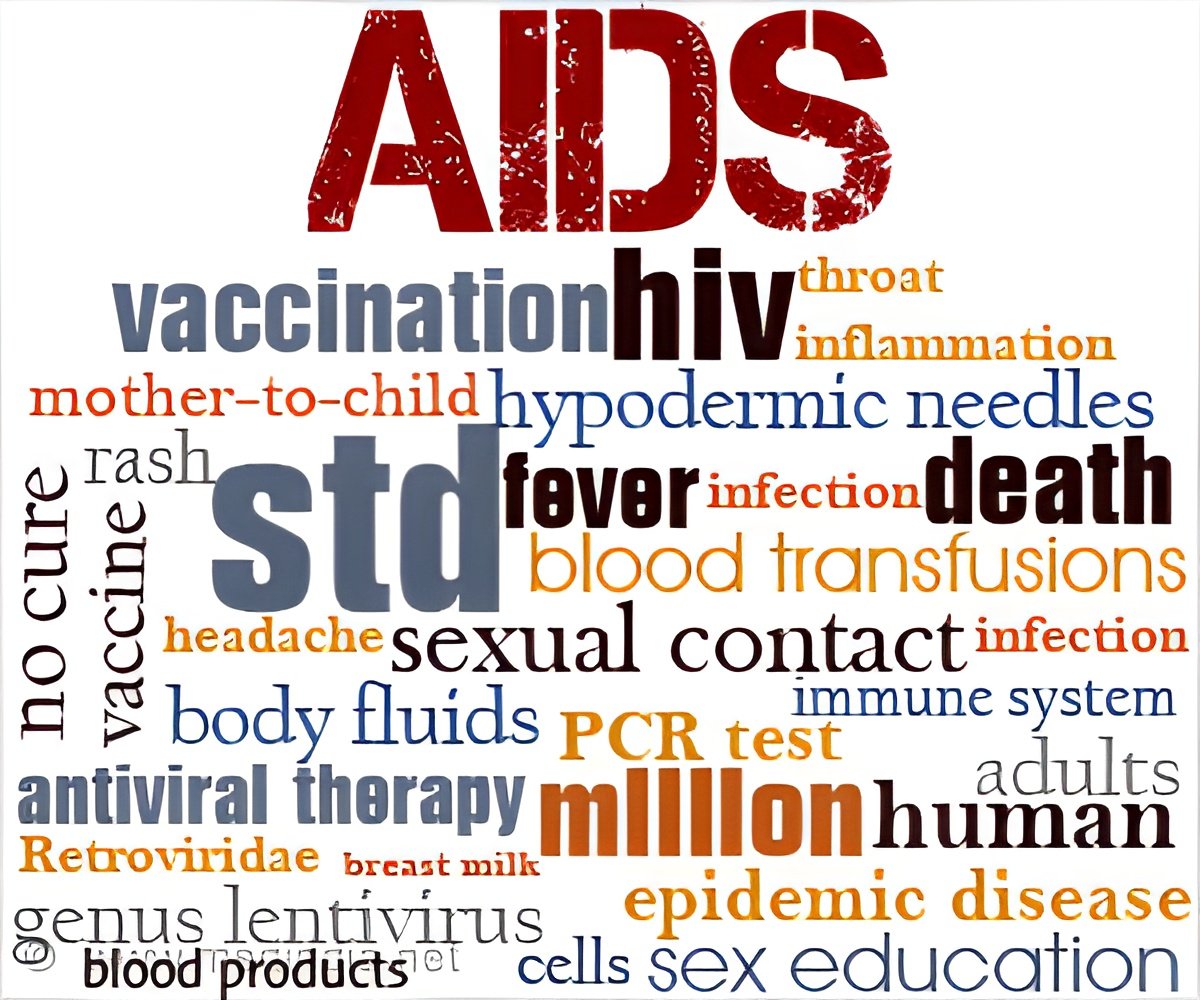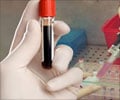HIV remains among the main public health concerns in the WHO European Region and in 2015, there were 2 million new cases.

- European Union tops the list for the highest number of newly detected cases of HIV infection in 2015.
- Sex between men is the main reported HIV transmission mode, accounting for 42% of all notified HIV diagnoses.
- It takes an average of 4 years before an HIV infection is diagnosed and reported.
- Almost every second, nearly 50% of HIV positive person in the EU/EEA is diagnosed at a late stage of infection.
"Despite significant efforts, HIV remains among the main public health concerns in the WHO European Region, in particular in its eastern part. Last year, 2015 recorded the highest number of new cases in one year, contributing to an appalling 2 million cumulative cases", says Zsuzsanna Jakab, WHO Regional Director for Europe.
"To address this critical situation, we have made available a new action plan that all European countries endorsed in September 2016. We now call on countries' leaders to use this plan for an urgent, accelerated and innovative response to HIV in the Region, to reverse the AIDS epidemics immediately and end it by 2030".
In the EU/EEA, sex between men is still is the main reported HIV transmission mode, accounting for 42% of all notified HIV diagnoses in 2015 and for more than half of new diagnoses in 15 countries. Men who have sex with men are the only group in the EU/EEA that has seen a steady increase in notifications over the years. With 32% of reported HIV diagnoses, sex between women and men is the second most commonly reported mode of transmission in the EU/EEA, followed by injecting drug use (4%).
The new surveillance data also show that almost every second (47%) HIV positive person in the EU/EEA is diagnosed at a late stage of infection. The new ECDC estimate revealed that, on average, it takes almost four years (3.8) before an HIV infection is diagnosed and reported. This again suggests persistent problems with access to, and uptake of, HIV testing in many countries.
"The facts we know about the HIV epidemic in the EU/EEA, are based on the number of new diagnoses reported each year, which represents the cornerstone of European HIV surveillance", explains ECDC Acting Director Andrea Ammon.
"ECDC is currently supporting Member States to standardise and improve their national estimates regarding the number of people living with HIV. This should lead to a more effective HIV response, because it enables better targeting of resources at the populations they identify as being most at risk in that country."
Source-Medindia















